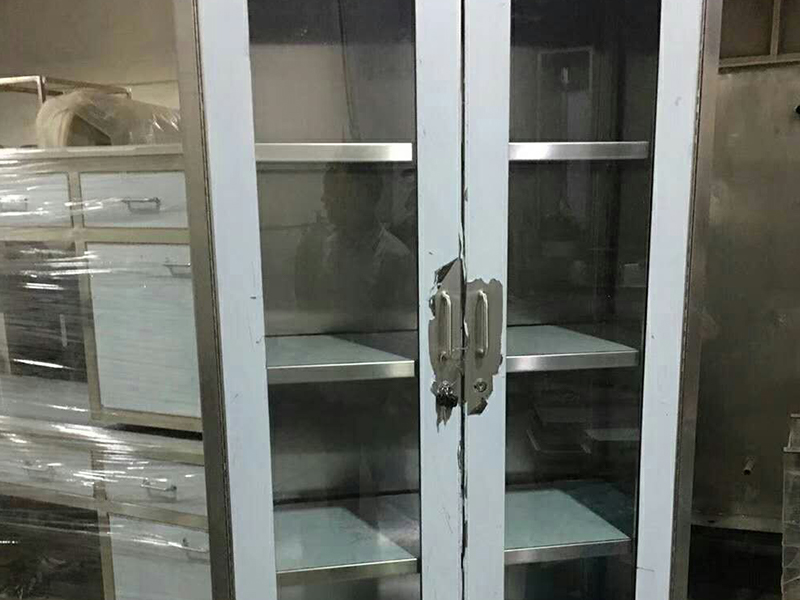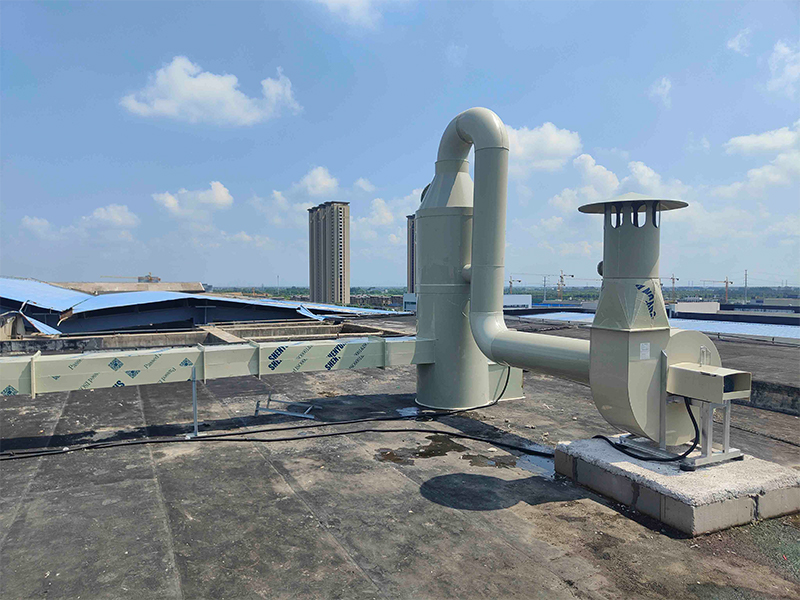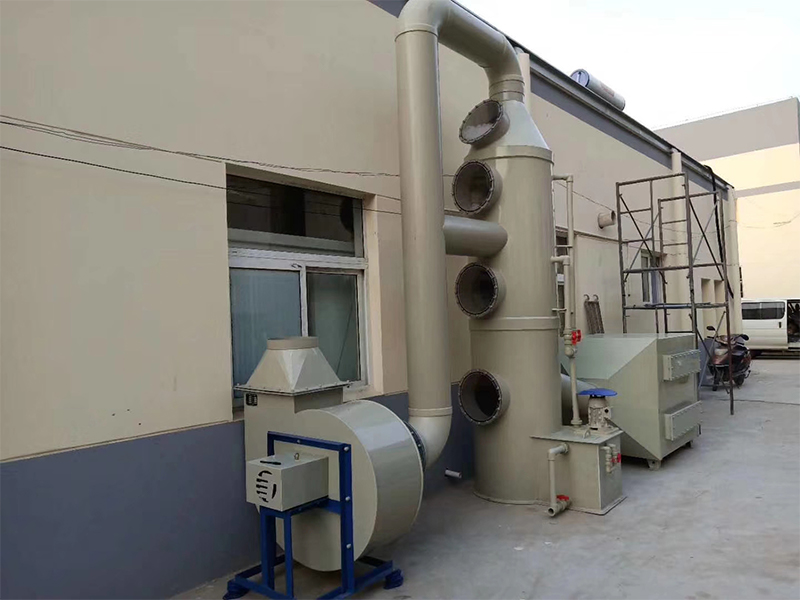In the world of laboratory safety, gas cylinder cabinets are not just mere storage units—they're lifelines, each crafted for specific gases and their unique quirks. You see, knowing the nuances between them is like having a secret map to navigate the treacherous waters of compliance and safety in your lab...

So, let’s dive into the three main types—flammable, toxic, and inert gas cabinets. Picture this: flammable gas cabinets, draped in fire-resistant armor, equipped with automatic fire dampers that stand guard against disaster. Then there are the toxic gas cabinets—think of them as the vigilant sentinels, armed with gas detectors and emergency ventilation systems, ready to spring into action at the slightest hint of danger.
And let’s not forget the rules that govern this realm—ANSI, OSHA, NFPA, and those international ISO standards... They dictate everything, from how these cabinets are built to how they breathe (yes, ventilation is key). Most standards insist on a continuous exchange of air, with exhaust whisked away outdoors through ductwork, like a breath of fresh air in a stuffy room.

Now, when it comes to installing one of these cabinets, placement is crucial—like choosing the right spot for a sunbather on a beach. Keep it out of direct sunlight, ensure it’s easily accessible in a pinch, and steer clear of heat sources. Oh, and let’s not overlook the piping connections—gas-tight is the name of the game, and regular leak checks are non-negotiable.
By selecting the right gas cylinder cabinet and adhering to these best practices, you’re not just playing it safe—you’re crafting a fortress against gas-related mishaps, ensuring that your lab remains a compliant and secure haven... or something like that.








